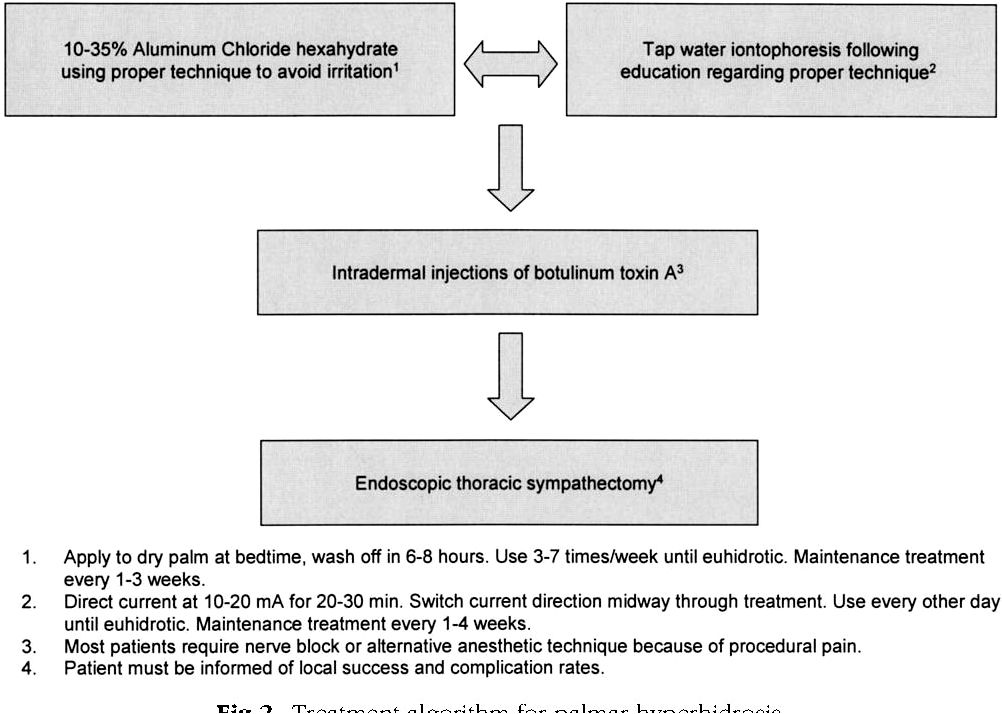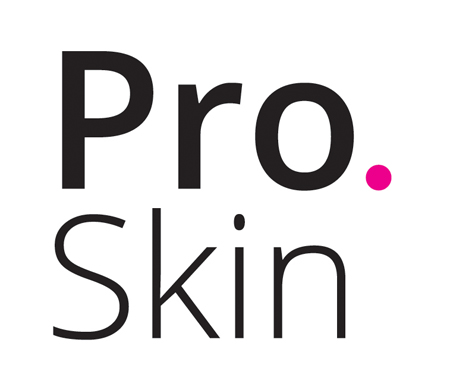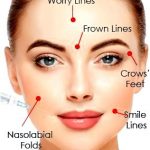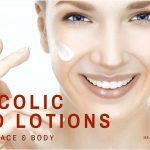Navigation article:

Hyperhidrosis, also known as over-perspiration, takes place when the sweat glands hard, hands, and underarms produce excessive sweat secretions.
Individuals with hyperhidrosis sweat excessively — far above their physiologic needs. The unnecessary sweating can happen unexpectedly — even if resting or under awesome temperature conditions.
Hyperhidrosis affects a little, but statistically significant, part of youthful people globally. It impacts their lives and social activities significantly, causing debilitating emotional and physical signs and symptoms.
People coping with the disorder suffer social embarrassment in school or work because of sweating. Even simple activities — trembling hands, studying a magazine, or putting on certain fabrics (i.e. silks and linens) — may cause intense shame.
Experts believe over-stimulation from the supportive nerves that trigger the sweat glands from the face, hands, and underarms make the sweating.
Kinds of hyperhidrosis
Doctors divide hyperhidrosis into two groups: secondary and primary.
Researchers don’t realize what can cause primary hyperhidrosis. They are doing think that lesions around the nervous system or the existence of other systemic illnesses could cause secondary hyperhidrosis.
Primary hyperhidrosis
- Involves sweating from the hands, ft, face, or armpits (axillae).
- Affects about 3 % of people globally yet, under 40 % seek help for his or her condition.
- Appears to operate in families, indicating an inherited component, but experts haven’t identified a reason.
Secondary hyperhidrosis
- Involves sweating either in one part of the body or throughout.
- Occurs because of a fundamental medical problem, for example:
- Anxiety
- Stroke
- Menopause
- T . b
- Acromegaly
- Cancer
- Carcinoid syndrome
- Medications and drug abuse
- Diabetes
- Cardiovascular disease
- Lung disease
- Hyperthyroidism
- Parkinson’s disease
- Pheochromocytoma
- Other infections
Hyperhidrosis Diagnosis
Doctors in UPMC’s Division of Thoracic and Foregut Surgery can identify hyperhidrosis by observing the visible indications of unprovoked and sweating.
They might inquire information regarding your sweating, for example:
- Location on body
- Duration of occurrence
- Onset (i.e. without or with warning)
- Triggers (i.e. way of thinking when sweating occurs)
- Other noticeable signs and symptoms (i.e. heart pounding or weight reduction)
Hyperhidrosis Treatment
Experts in UPMC’s Division of Thoracic and Foregut Surgery offer surgical and non-surgical procedure choices for hyperhidrosis.
Thoracoscopic sympathectomy surgery
Thoracoscopic sympathectomy may be the preferred surgical procedure for correcting hyperhidrosis.
Advances in surgical techniques and instrumentation have simplified the operation. It is done being an outpatient procedure, using non-invasive methods with significant success.
What to anticipate during thoracoscopic sympathectomy
- People undergoing the process get a short general anesthetic.
- Choices makes two small incisions in the region just beneath the armpits.
- The operation gives the greatest results for individuals with palmar hyperhidrosis, but additionally can be useful for individuals with armpit (axillary) and facial hyperhidrosis.
- Typically, people will go home within 24 hours, with dry hands and armpits the very first time because the start of the disorder.
Non-surgery for hyperhidrosis
Non-surgery for hyperhidrosis represent a method to temporarily reduce and manage sweating out on another act as a lasting cure.
Topical agents
Topical agents to handle sweating connected with hyperhidrosis include:
- Prescription strength aluminum chloride antiperspirant
- Anesthetic agents
- Astringents
Disadvantages of those remedies are:
- Rapid time period of effectiveness
- Possible skin irritation, causing discomfort resulting in stopping useful
Anticholinergic drugs
Anticholinergic agents, for example glycopyrrolate:
- Assist in preventing the stimulation of sweat glands.
- Appear effective for many people, but researchers haven’t studied their lengthy-term effects or implications in addition to they’ve for other non-surgical therapies.
Iontophoresis
This process:
- Involves temporarily deactivating the sweat gland by passing an electric current through intact skin while submerged in water.
- Works well with individuals with hyperhidrosis from the hands or ft.
- Takes about 10-20 minutes per session and needs several sessions.
Botox® injections
Laser hair removal:
- Uses Botox treatment brand botulinum contaminant injections.
- Is Food and drug administration-approved for the treatment of armpit (axillary) hyperhidrosis.
- Appears effective like a temporary hyperhidrosis management protocol.
Disadvantages of Botox treatment injections include:
- Expensive
- Requirement for repeated treatments
- Discomfort of injections
 Proskin Clinics
Proskin Clinics 
